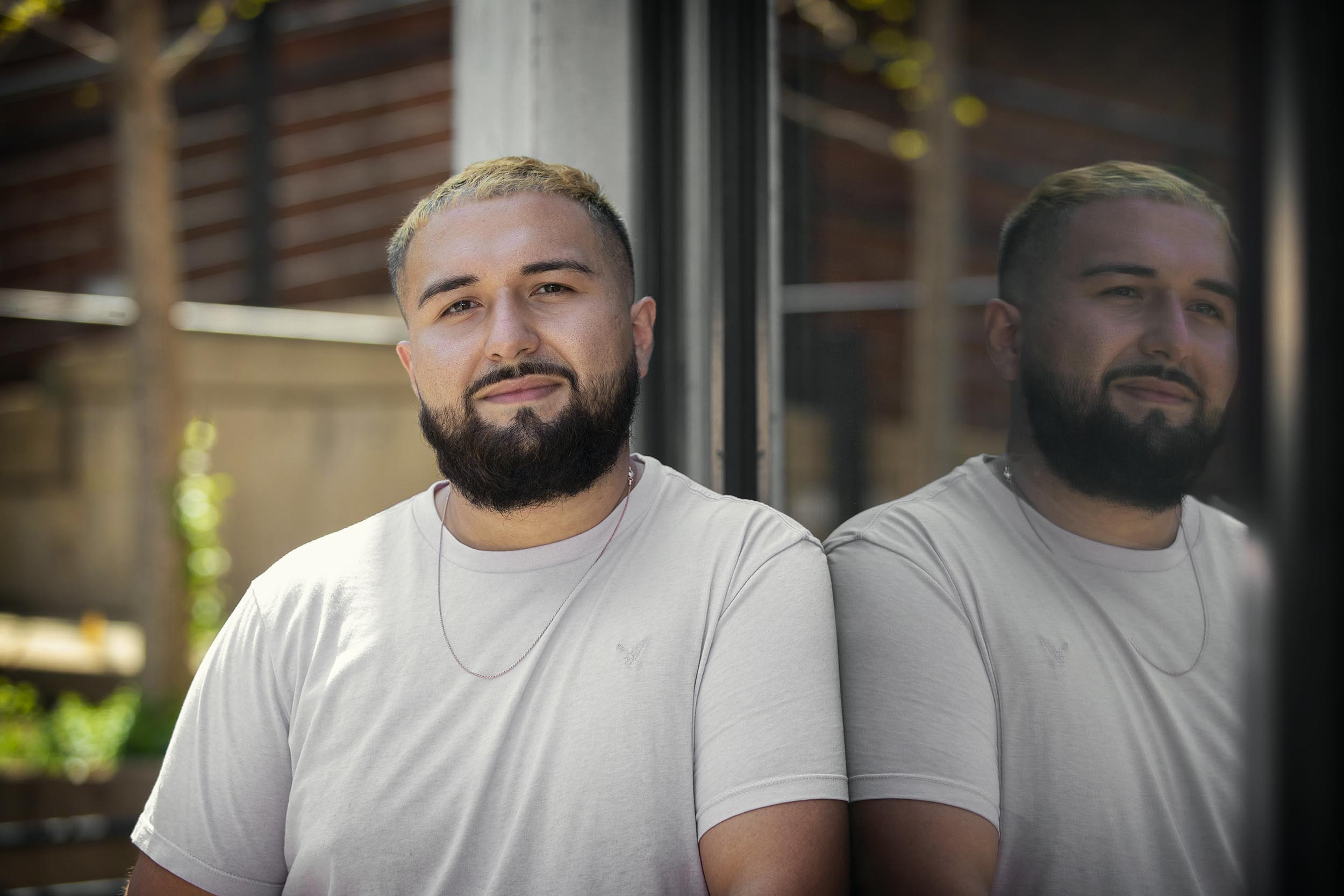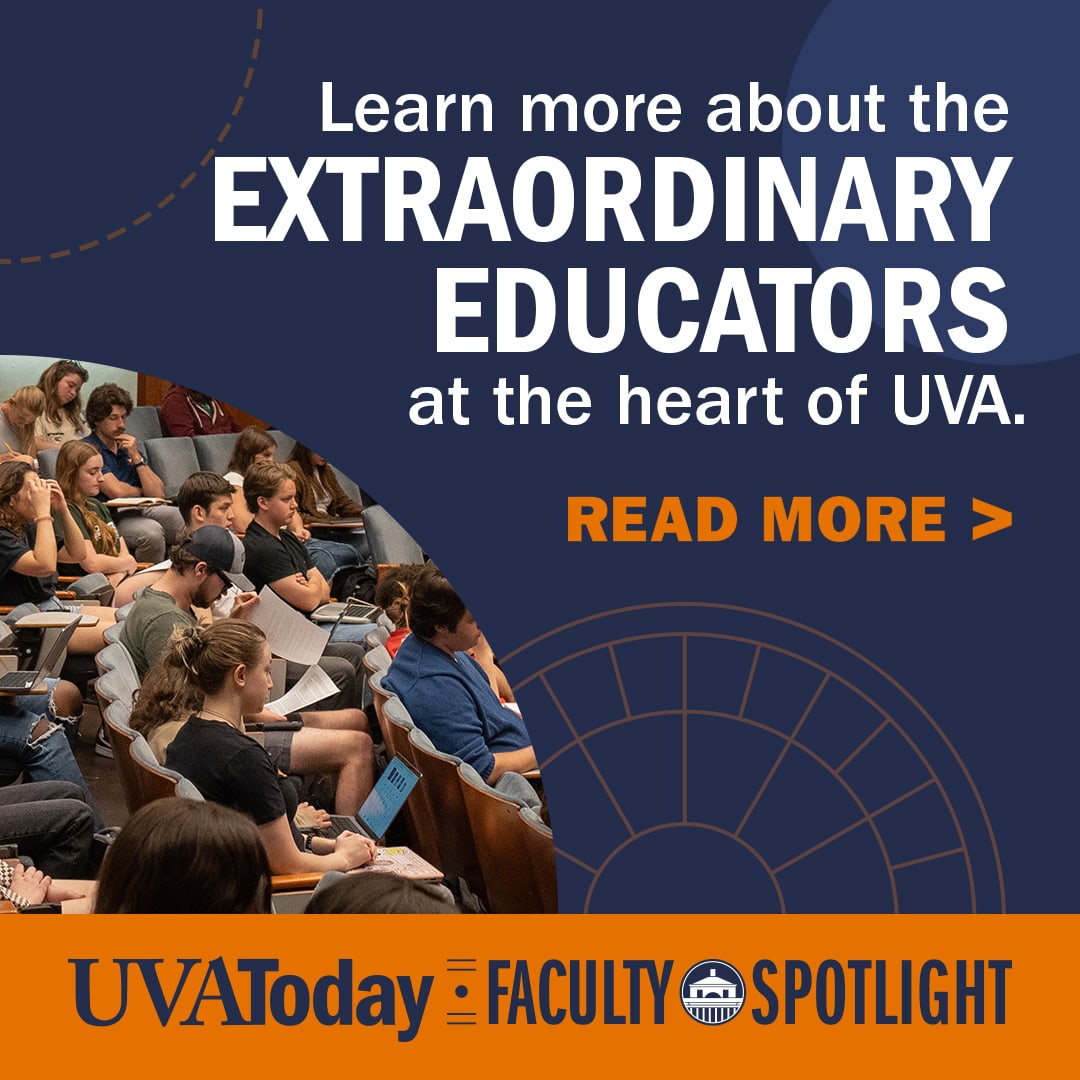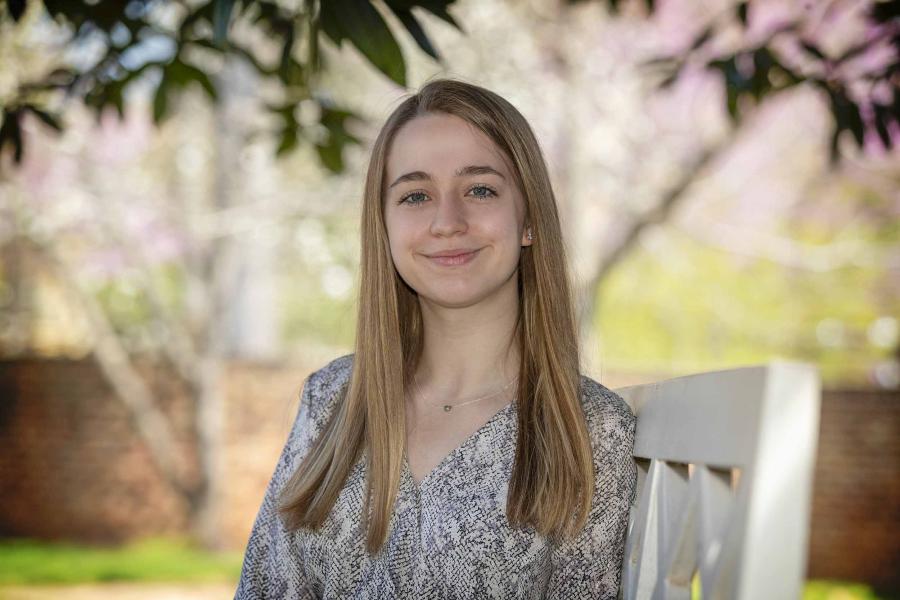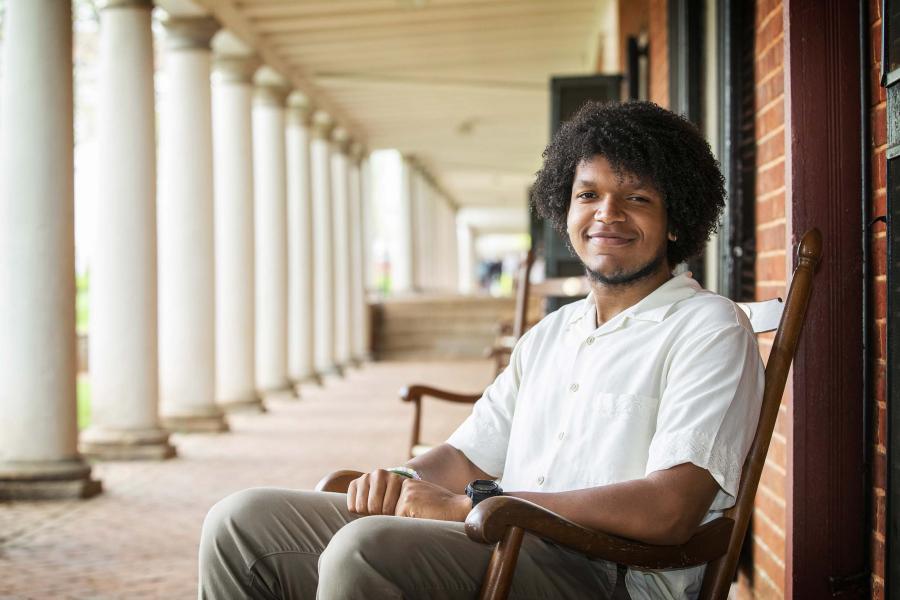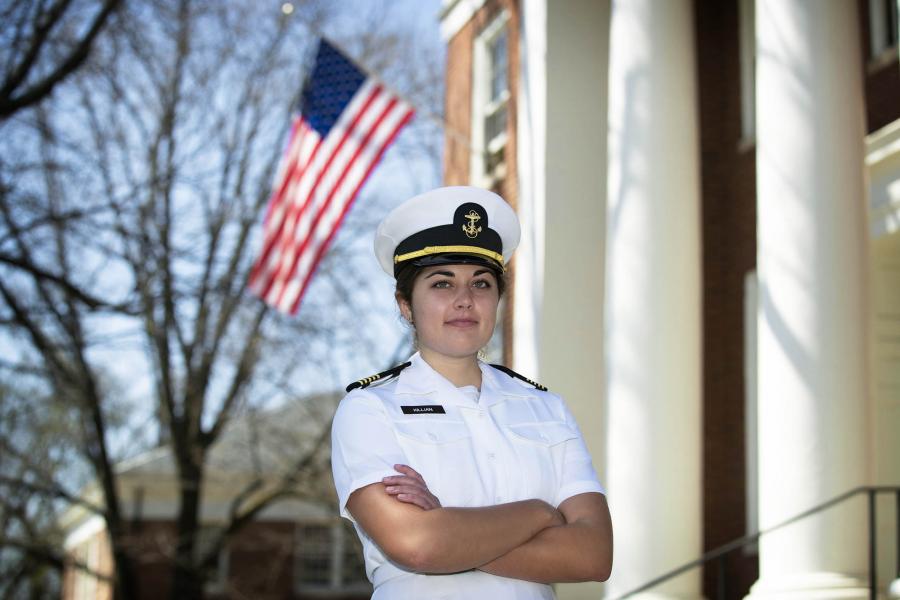Gabe Castro-Andrade, a first-generation American, grew up in what he described as “the not-so-best of communities and neighborhoods.”
Prologue
“I grew up on the border of Orange and West Orange, New Jersey, which is pretty much near Newark,” he said recently outside his room on the Lawn, a residence of honor for fourth-year University of Virginia students. “Everyone there is either Caribbean, African or South American and there are a few Central Americans.”
Castro-Andrade, who will graduate with a Bachelor of Science in Architecture degree this month, described a growing economic divide between Orange and the increasingly prosperous and suburban West Orange that he still thinks about today and informs his work as a student of architecture.
“Everyone [in West Orange] is more comfortable, they don’t have to worry necessarily about things of survival and trying to just live on an everyday basis,” he said. “They were able to think more about the future and plan things out accordingly.”
Castro-Andrade said there was also a topographical dimension to the two places, and the symbolism was inescapable. To get from Orange to West Orange, you must walk uphill. “As soon as you started going uphill, you started entering a suburban area. Down the hill, again, was this area of crime and poverty,” he said. People up the hill in West Orange would look down the hill at people in Orange “not just physically, but also socially.”
This was the walk Castro-Andrade would take to West Orange High School, a school his Ecuadorian mother Ruth moved him to for a better education.
During his senior year of high school, Castro-Andrade juggled huge responsibilities on his own; applying to colleges without the benefit of having a parent who had gone through the process before. At the time, his single mother was unemployed and the two were homeless, sometimes staying at his grandmother’s home.
